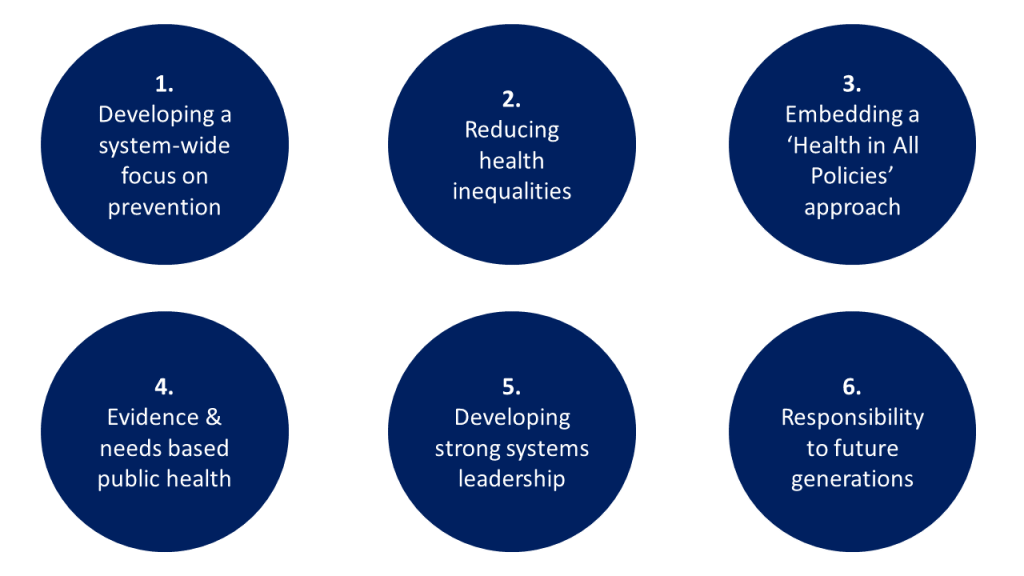
When many people think about health often our hospitals and other health or care services spring to mind, and indeed these are a vital part of our system.
But the interventions that prevent people from needing to access healthcare in the first place are equally important.
Public health is about creating the conditions in which people can live healthy lives for as long as possible, acknowledging that economic prosperity, a good start in life, education, good work, housing and strong, supportive relationships all play their part.
With increasing focus on prevention and public health (including in the NHS Long Term Plan and forthcoming Prevention Green Paper) how do we ensure that the whole system works together to deliver the best possible services and interventions?
And crucially, facing challenges ranging from our ageing population through to the financial constraints placed upon us, how do we best demonstrate how our services are improving health outcomes and reducing health inequalities?
A new quality framework for public health
The Public Health System Group, co-ordinated by PHE and featuring a wide range of key partners across health, local, and national Government has worked together to set out the first ever high-level, system-wide commitment in England to high quality public health functions.
‘Quality in public health: A shared responsibility’ provides everyone who works in, runs, commissions or makes decisions about public health services with a framework that brings together key information. This includes:
- A description of what we mean by quality in public health systems, functions and services
- Roles and responsibilities of key players in the public health system to deliver high quality functions and services
- A description of the process for improving quality
- Areas where priority focus and further action is needed
Cross system working
As chairs of the group that developed the framework, we believe that the key strength of this project is the collaboration involved in its development.
Throughout the process we have worked with and engaged system partners to ensure the framework will enable local places to use it as an integral part of Sector Led Improvement.
The new framework is also designed to align with the existing quality frameworks for adult social care (Quality Matters) and the NHS (Shared commitment to quality).
It does not change the statutory responsibilities of individual organisations nor does it undermine their independence, but does highlight the strategic importance and impact of quality in a public health system.
We believe we have produced something that can be used by local public health systems to assess the quality of their own services and functions and also inform the whole system about national commitments being taken forward by the Public Health System Group.

Above: Priority areas for action set out in the framework
Next steps
Alongside promoting this high-level commitment of what quality in public health could look like, we are working on further practical actions to drive the initiative forward.
The framework document includes a list of priority areas for us to focus on (see image above) and our group is now drafting a plan for how we can support local adoption of the framework.
PHE is also working with local government to co-produce 10 ‘What Good Looks Like’ publications.
These will set out core standards for public health interventions in any defined place, based on the evidence of what, and how, an intervention works in delivering improved health, reducing health inequalities and delivering return on investment.
We want to keep driving home the message that quality is a shared responsibility.
We are united to address this challenge and we are confident that by working together we can improve our services, celebrate our successes and most importantly improve the health of our population and reduce health inequalities.
You may also be interested in:
